First Cybertruck handed over in the US
Tesla CEO Elon Musk handed over around ten units of the electric pickup in front of cameras in Texas on Thursday. He did not mention prices or the “range extender” option at the event. In the latter case, this caused confusion, as shortly afterwards the configurator mentioned this very option – without any further clarification as to what kind of range extender it was supposed to be. It is now clear that it is an optional additional battery pack. More on this in a moment.
The Cybertruck was unveiled towards the end of 2019 with the promise of a range of 500 miles (800 kilometres), availability from the end of 2021 and a price starting at 39,900 dollars. Even then, it was foreseeable that the model would polarize with its appearance. It is now also clear that Tesla is at most approaching the range for all three of the targets it has set itself.
Even in terms of dimensions, the data now published differs greatly from the prototype presented in 2019. While the length remains at 5.86 metres, the Cybertruck is significantly wider (2.41 instead of 2.03 metres) and lower (1.79 instead of 1.90 metres). Tesla puts the loading area at 1.98 metres in length.
As announced four years ago, there are still three drive options – with one, two and three engines. The entry-level model with a rear engine still has the range of 250 miles (400 kilometres) that was announced in 2019, an acceleration of 6.5 seconds to 60 miles, a top speed of 112 mph (180 km/h) and a towing capacity of 3.4 tons. However, the US price is increasing dramatically: from an announced 39,900 to an “estimated price” of at least 60,990 dollars.
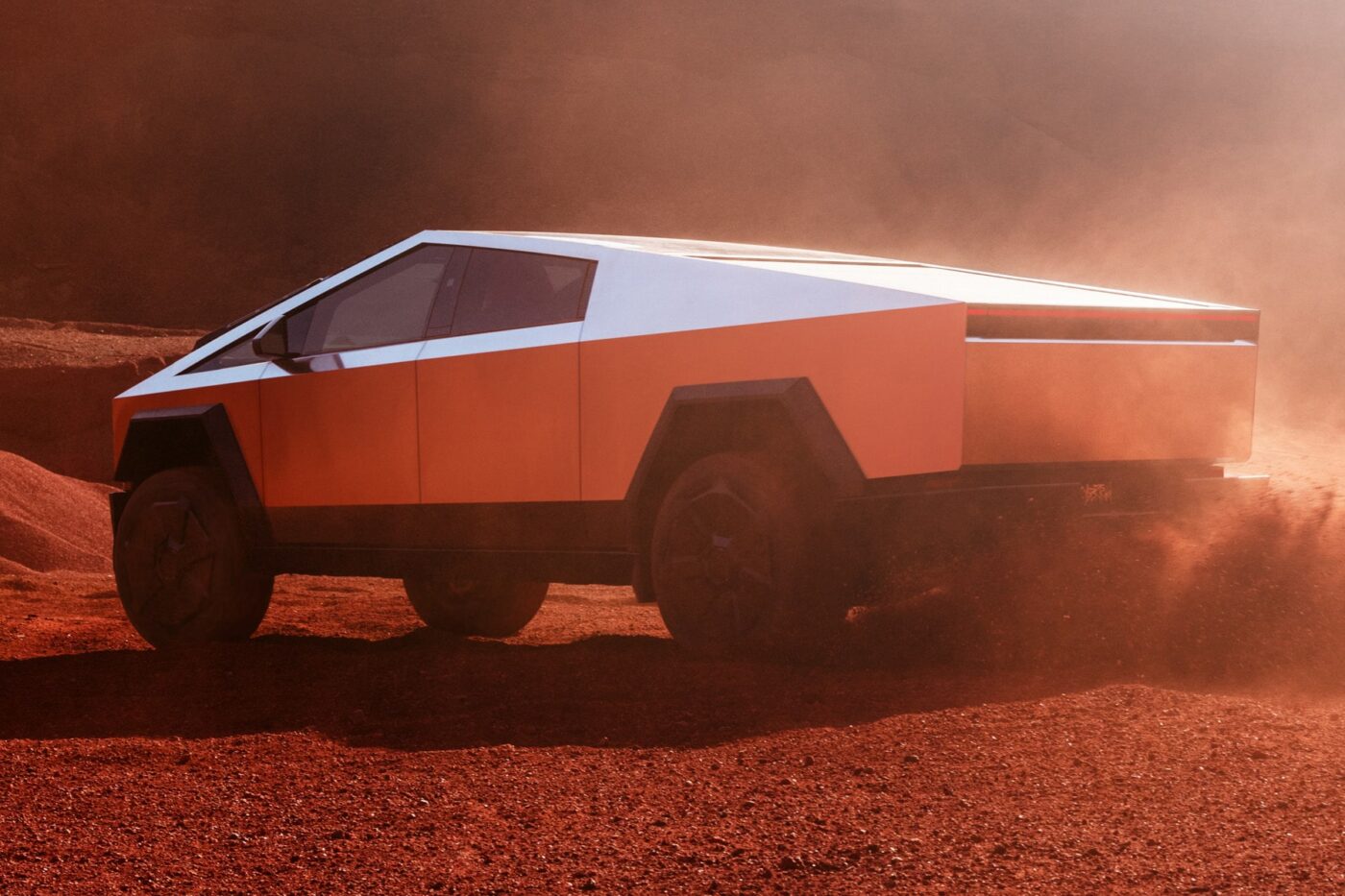
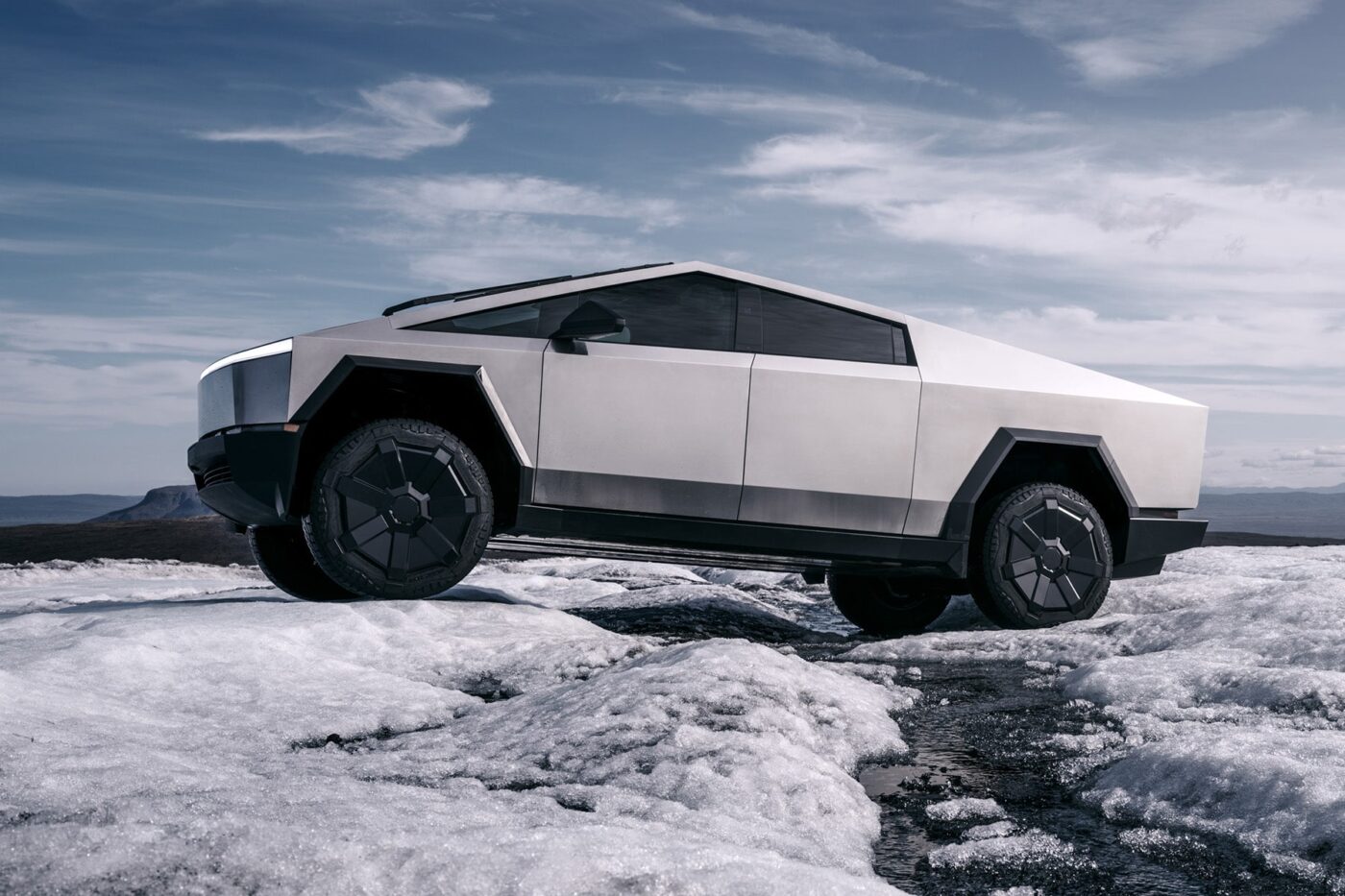

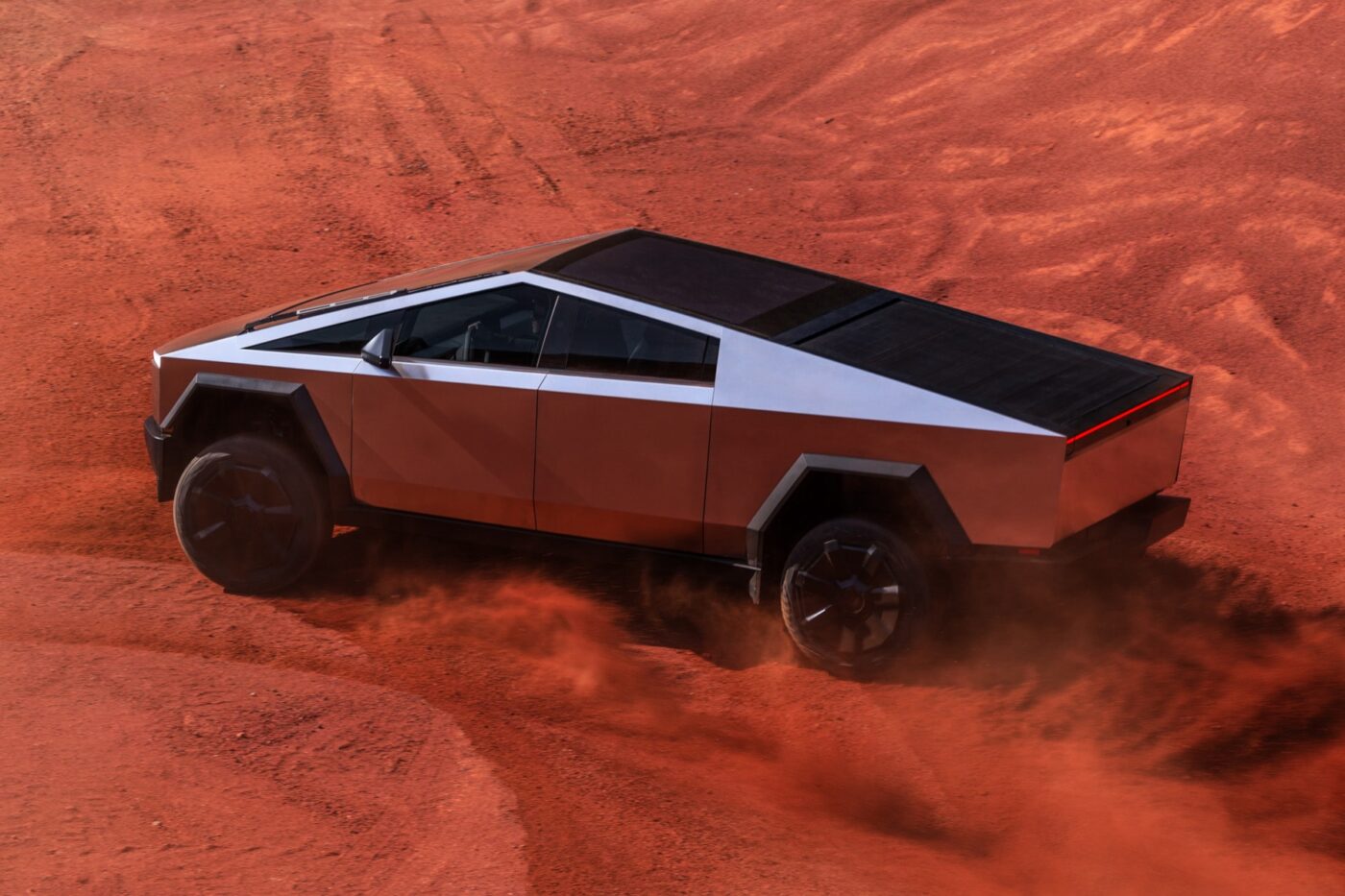
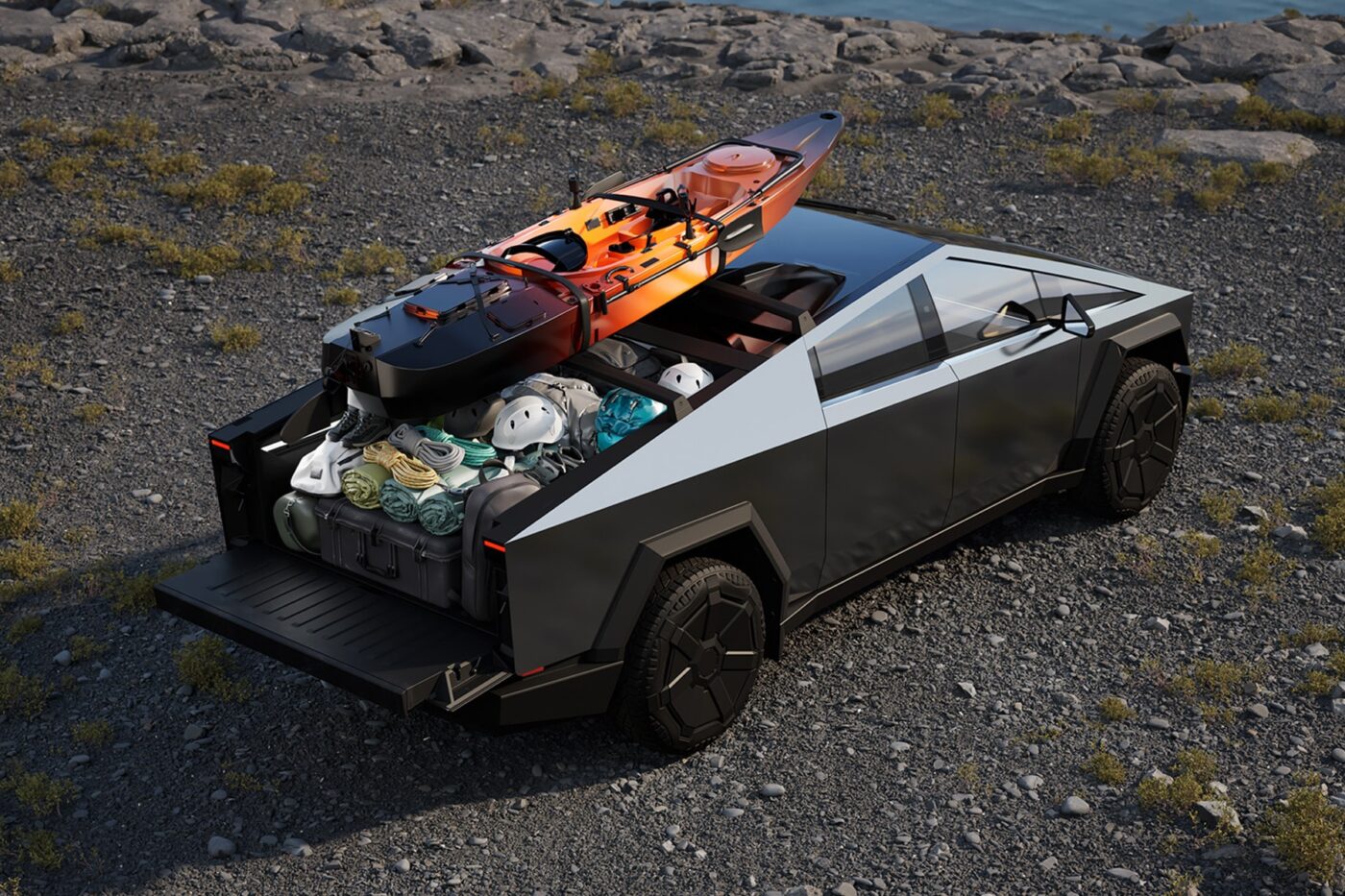
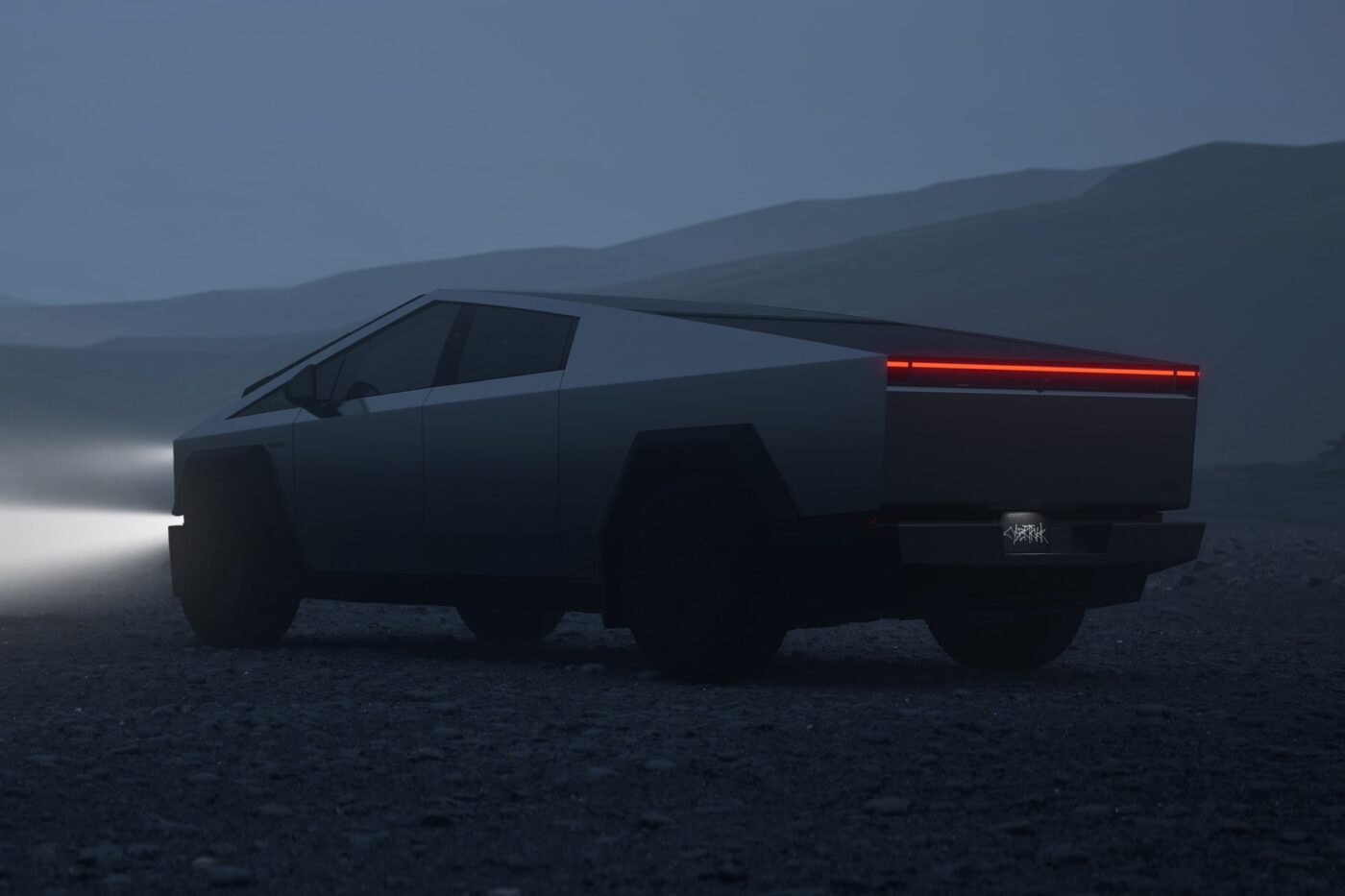
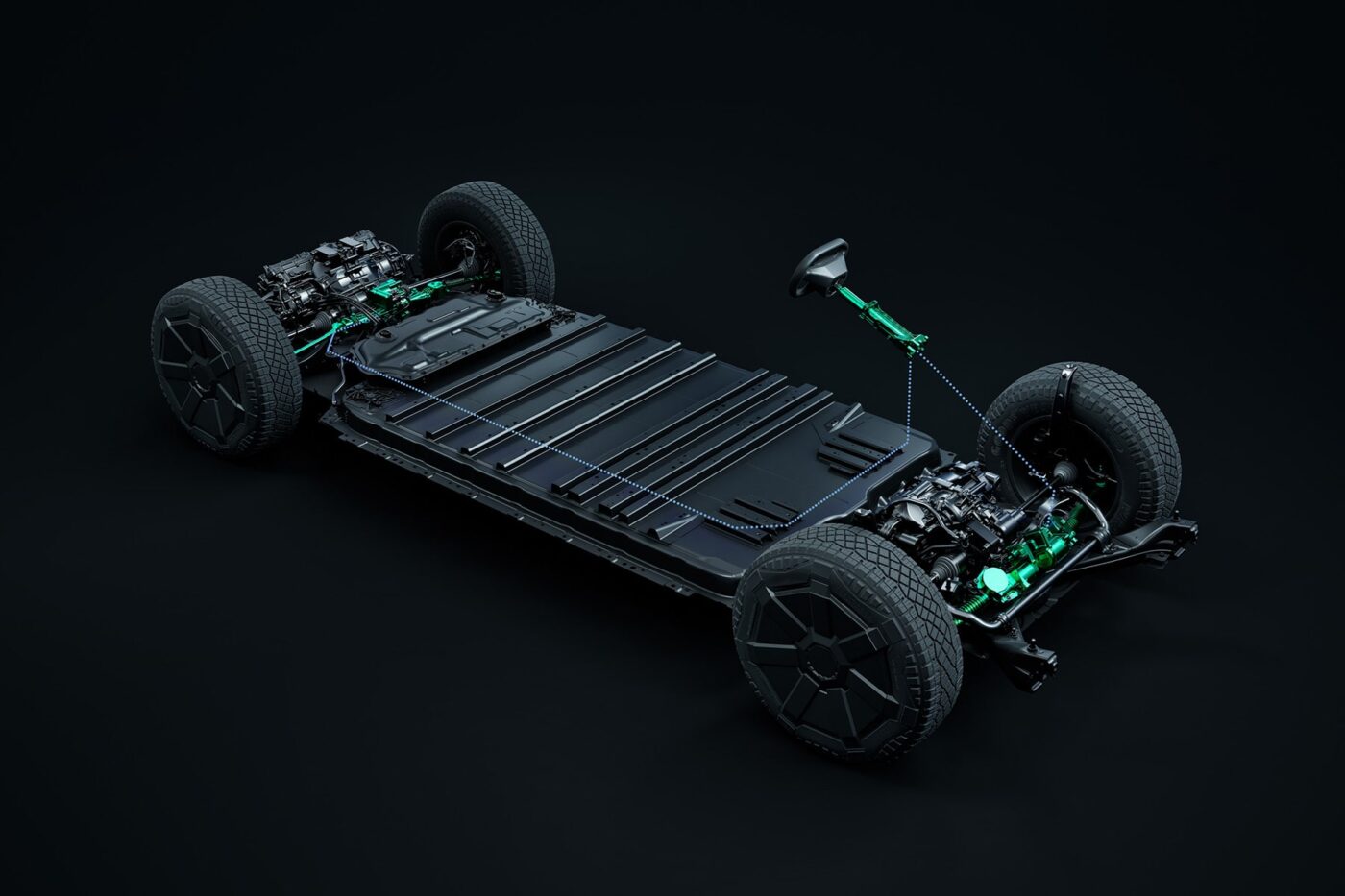
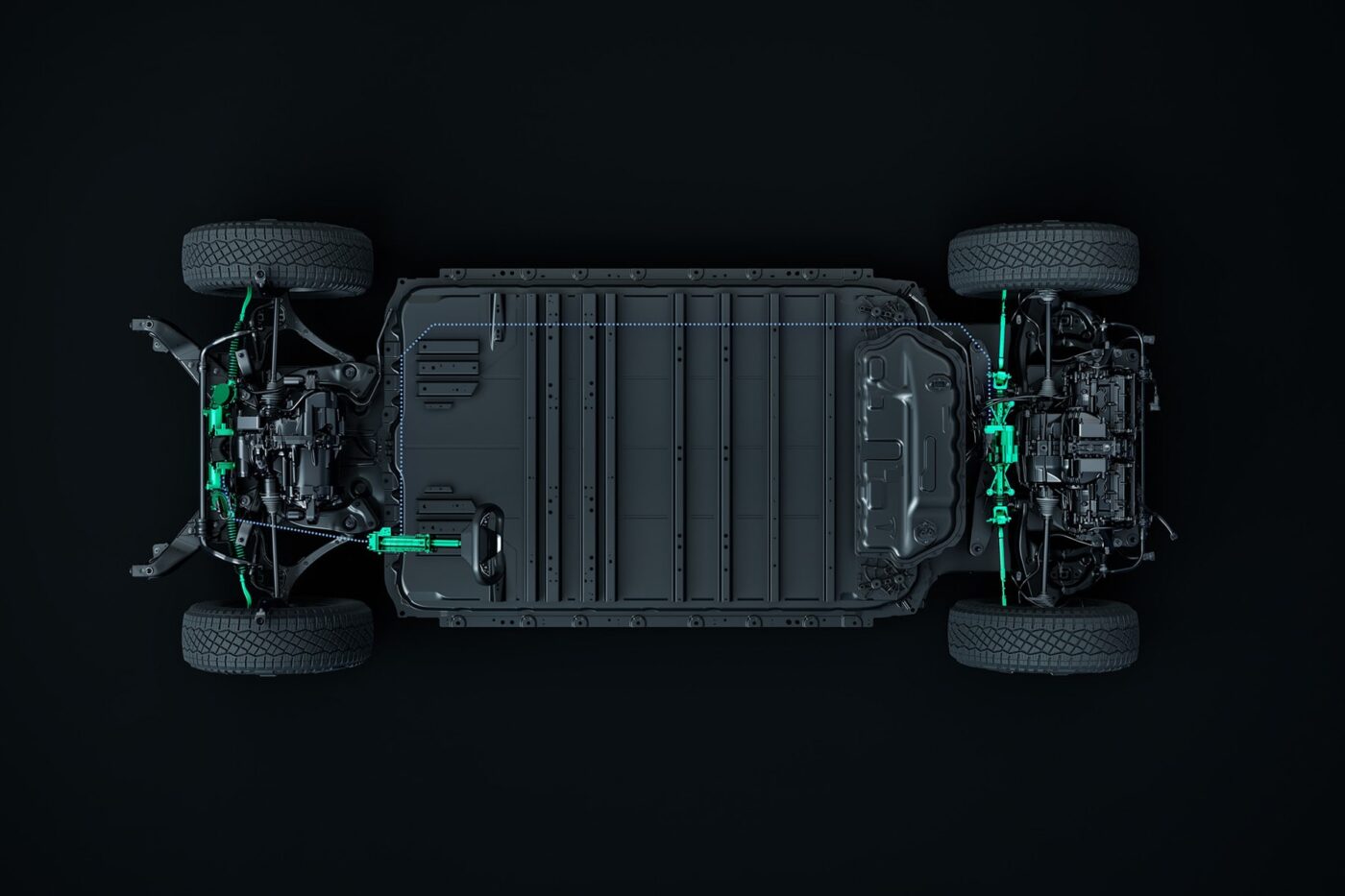

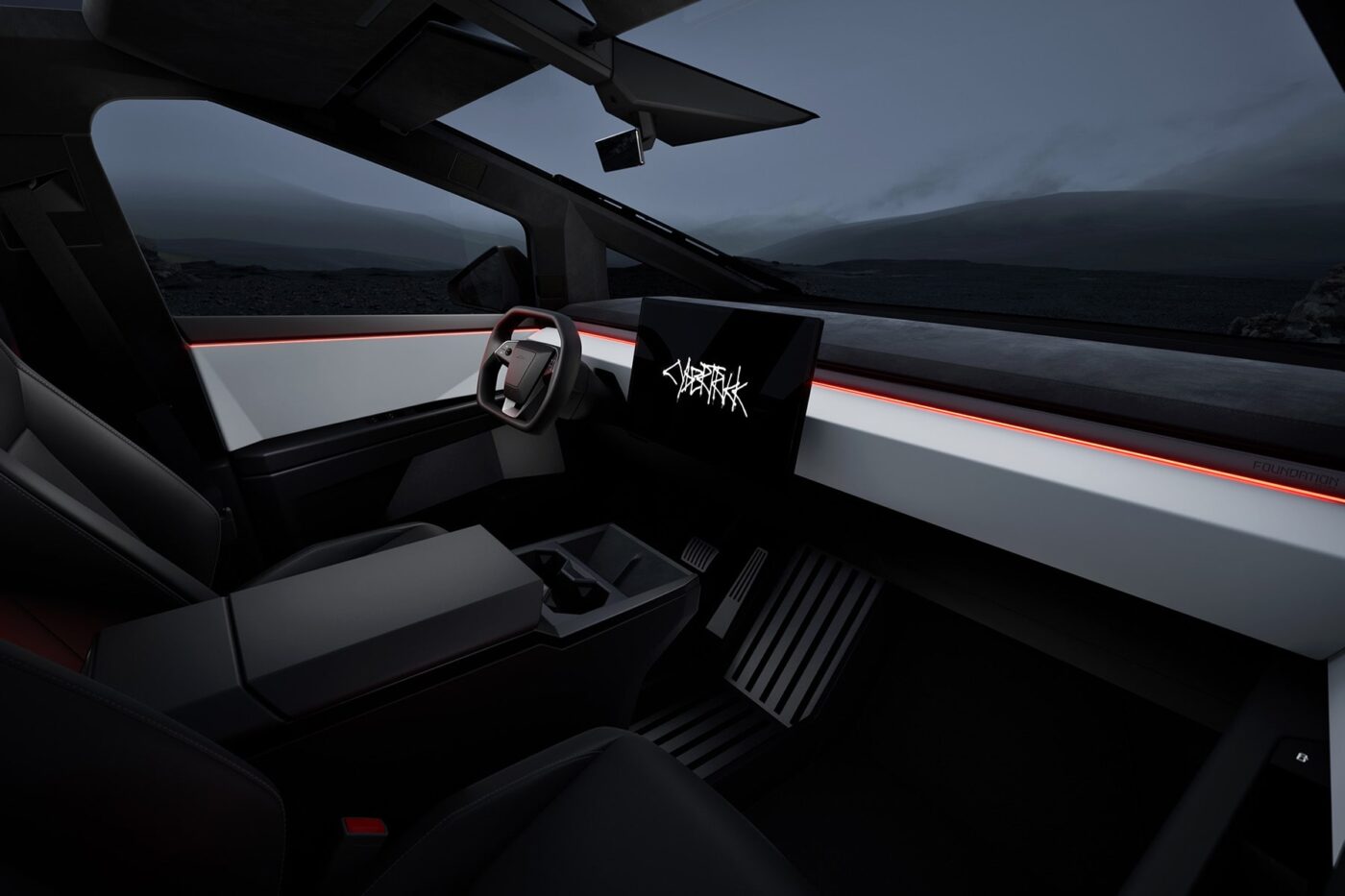
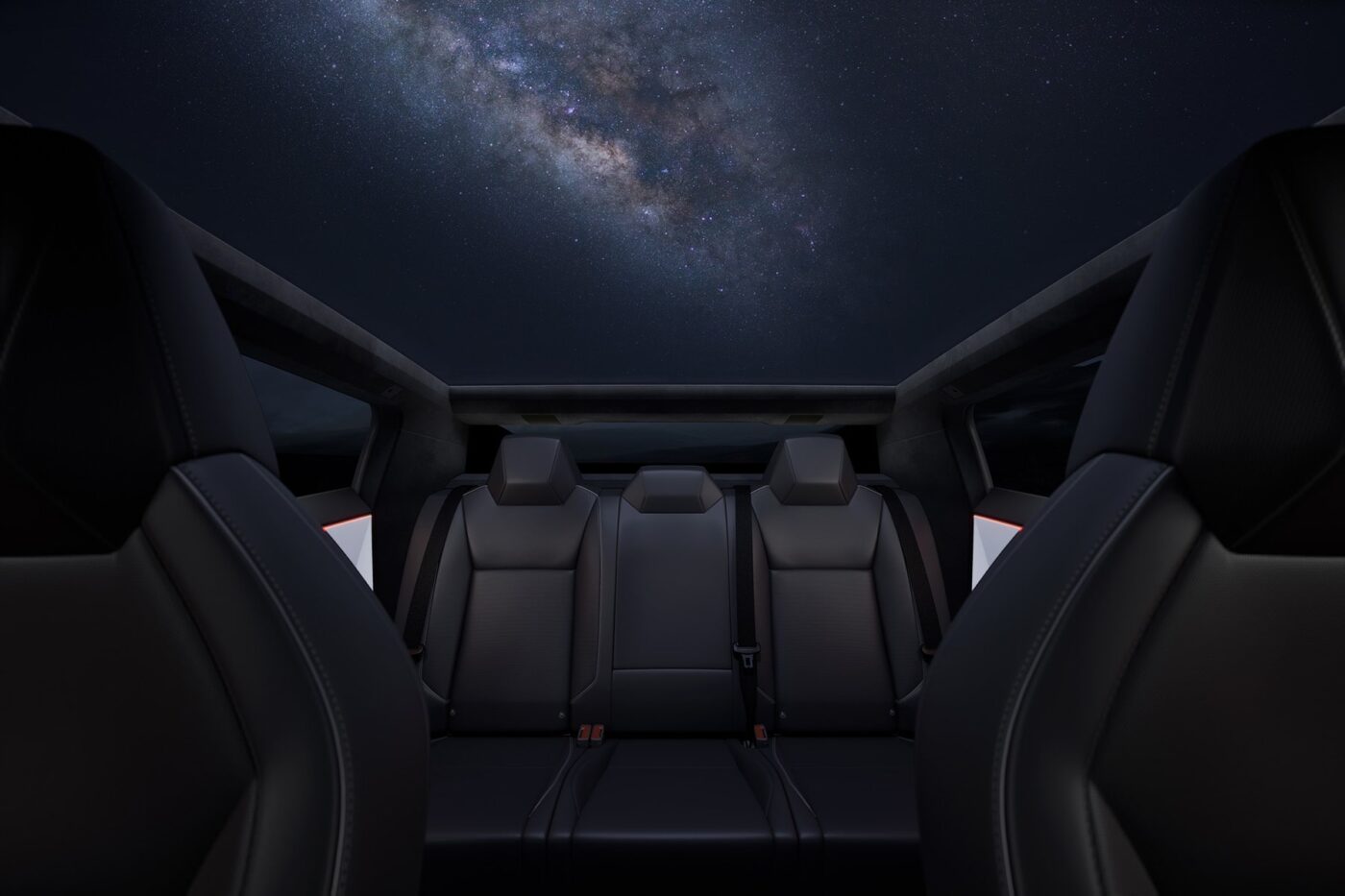
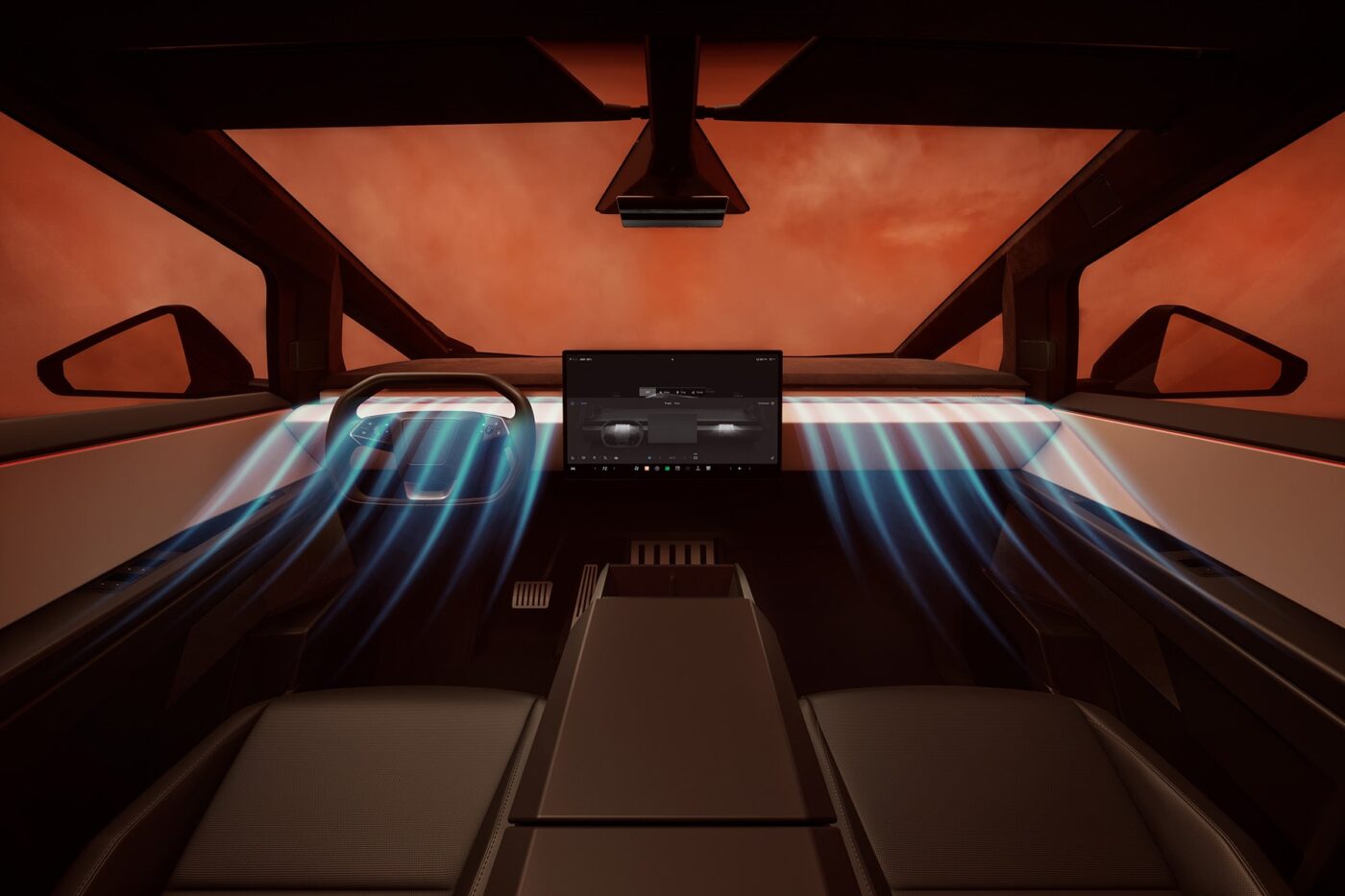


The all-wheel drive model was originally intended to have a range of 300 miles and is now listed in the configurator with 340 miles (equivalent to 547 kilometres). Tesla specifies acceleration of 3.9 seconds to 60 miles, a top speed of 112 mph (180 km/h) and a towing capacity of 5 tonnes. The price is set to start at 79,990 dollars. In 2019, 49,000 dollars had been announced.
The three-engine variant was originally intended to have a range of 500 miles (800 kilometres). However, according to Tesla, the model, also known as the “Cyberbeast”, now only has a range of 320 miles (515 kilometres), and the range extender mentioned above is needed to reach the target. But first things first. The top version accelerates to 60 miles in 2.6 seconds, has a top speed of 130 mph (209 km/h) and a towing capacity of 5 tons. Prices start at 99,990 dollars (instead of the once-announced 69,000 dollars).
Tesla is still not providing any information on the battery sizes or performance values of the three models. The unexpected announcement of an optional range extender for the two- and three-motor versions also remains vague. After it was initially completely unclear what kind of range extender it would be, Musk added on his network X (formerly Twitter) that it would be an extra battery pack: “Optional pack that fits in about 1/3 of the cargo area. Still room for a lot of cargo. It’s meant for very long trips or hauling heavy things up mountains.”
According to unconfirmed information, the extra pack will increase the range by up to 130 miles (equivalent to 209 kilometres) and cost an extra 16,000 dollars. According to the configurator, the range of the top model increases to +440 miles (708 kilometres), while the mid-range all-wheel drive model increases to +470 miles (756 kilometres)
Other Cybertruck figures that have now been made public include a considerable kerb weight of 3.1 tons (original specification 6,859 pounds, three-engine version), a drag coefficient of 0.335 and a ground clearance of 17 inches or 43 centimetres. The pickup is also set to offer some useful gimmicks for a commercial vehicle – such as 120 and 240-volt sockets. The Cybertruck will also feature a new “Powershare” option for the first time. This allows Tesla to share the Cybertruck’s battery power of up to 11.5 kW – for example, to charge another vehicle or as a contribution to the smart home.
Whether the first ten handovers at the event in Texas heralded the start of deliveries or were more of a symbolic nature remains to be seen. On its website, Tesla points out that the basic version will not be available until 2025. The two more expensive variants should be available in 2024, according to the manufacturer.
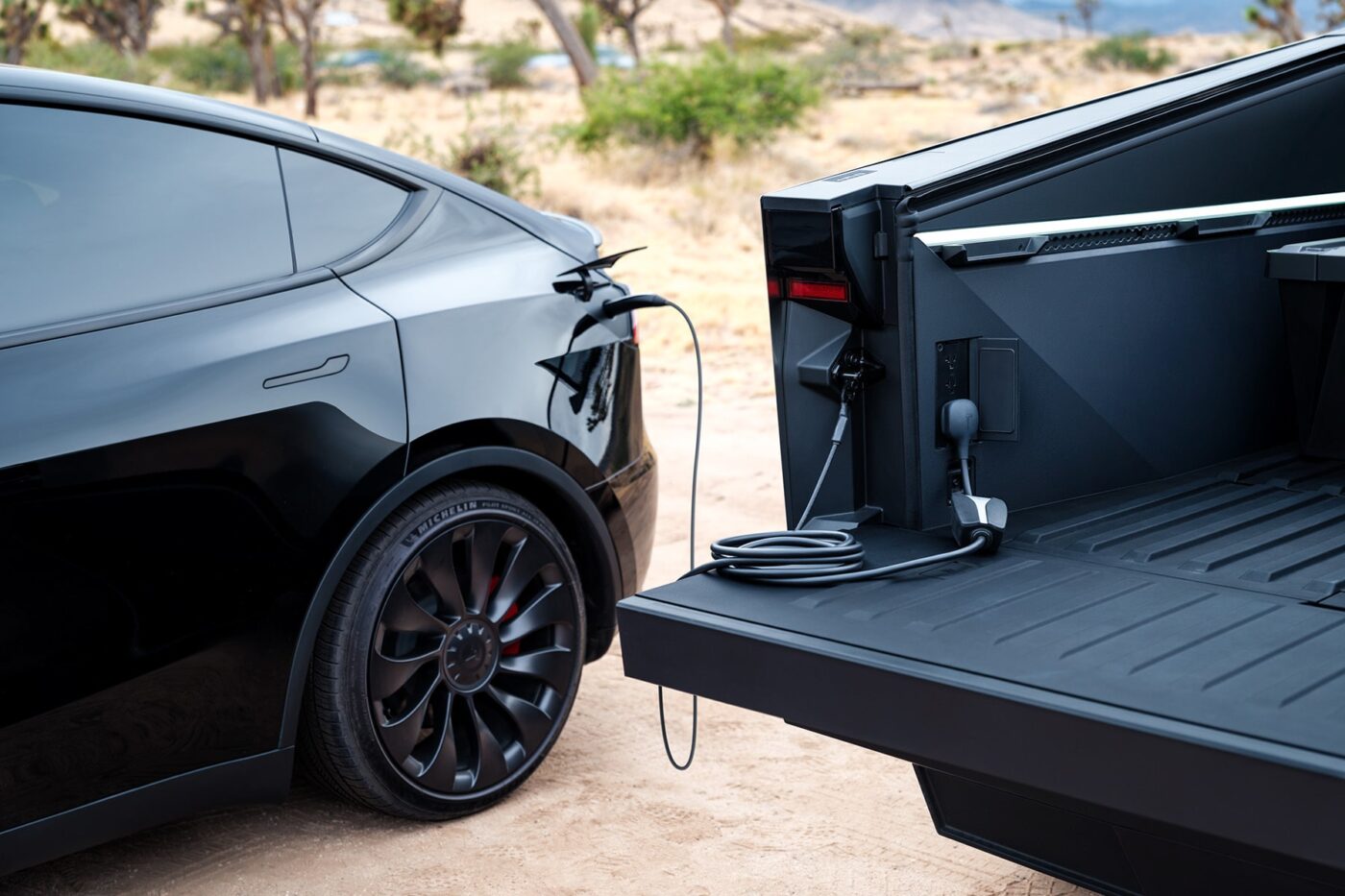
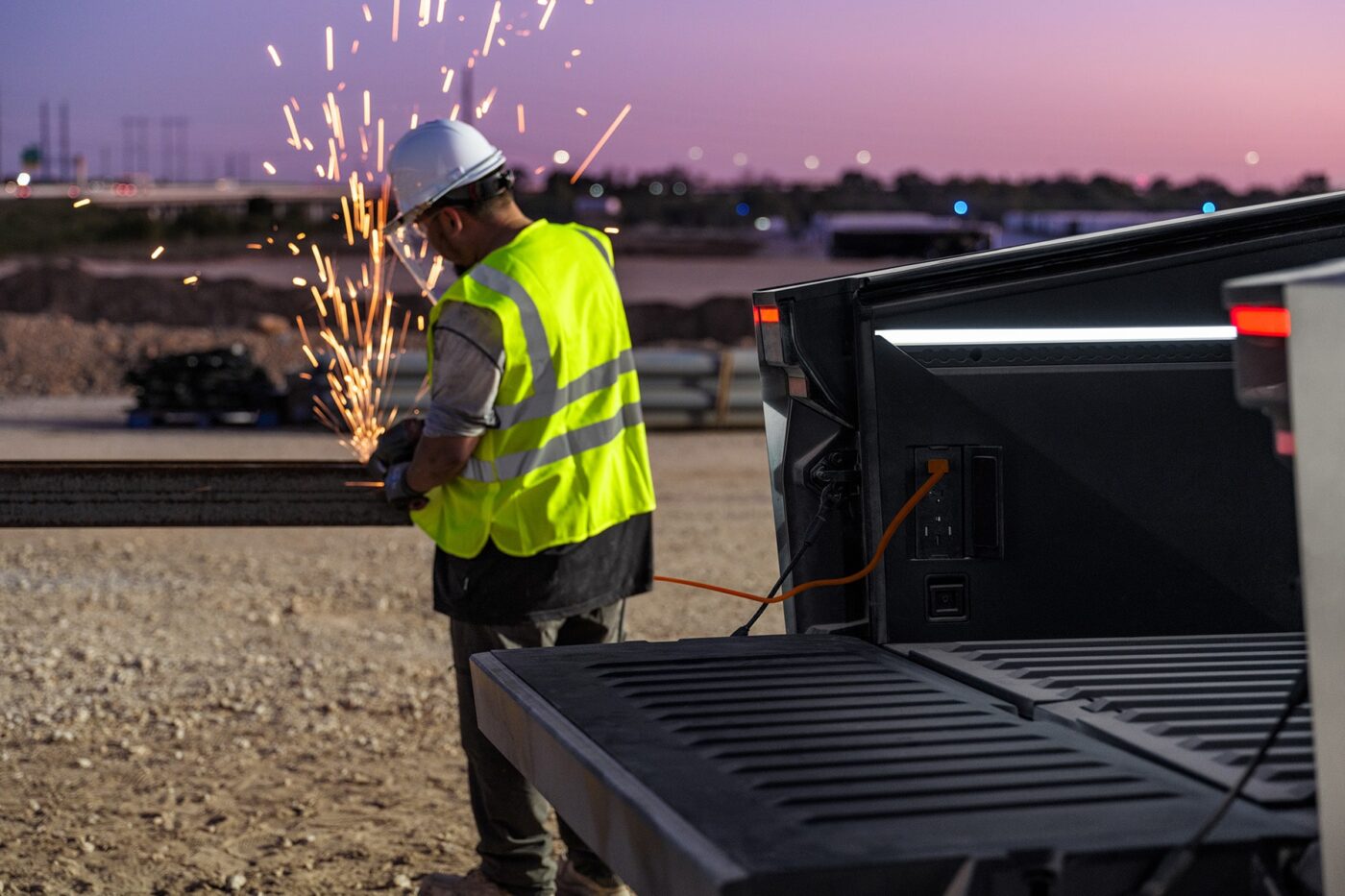

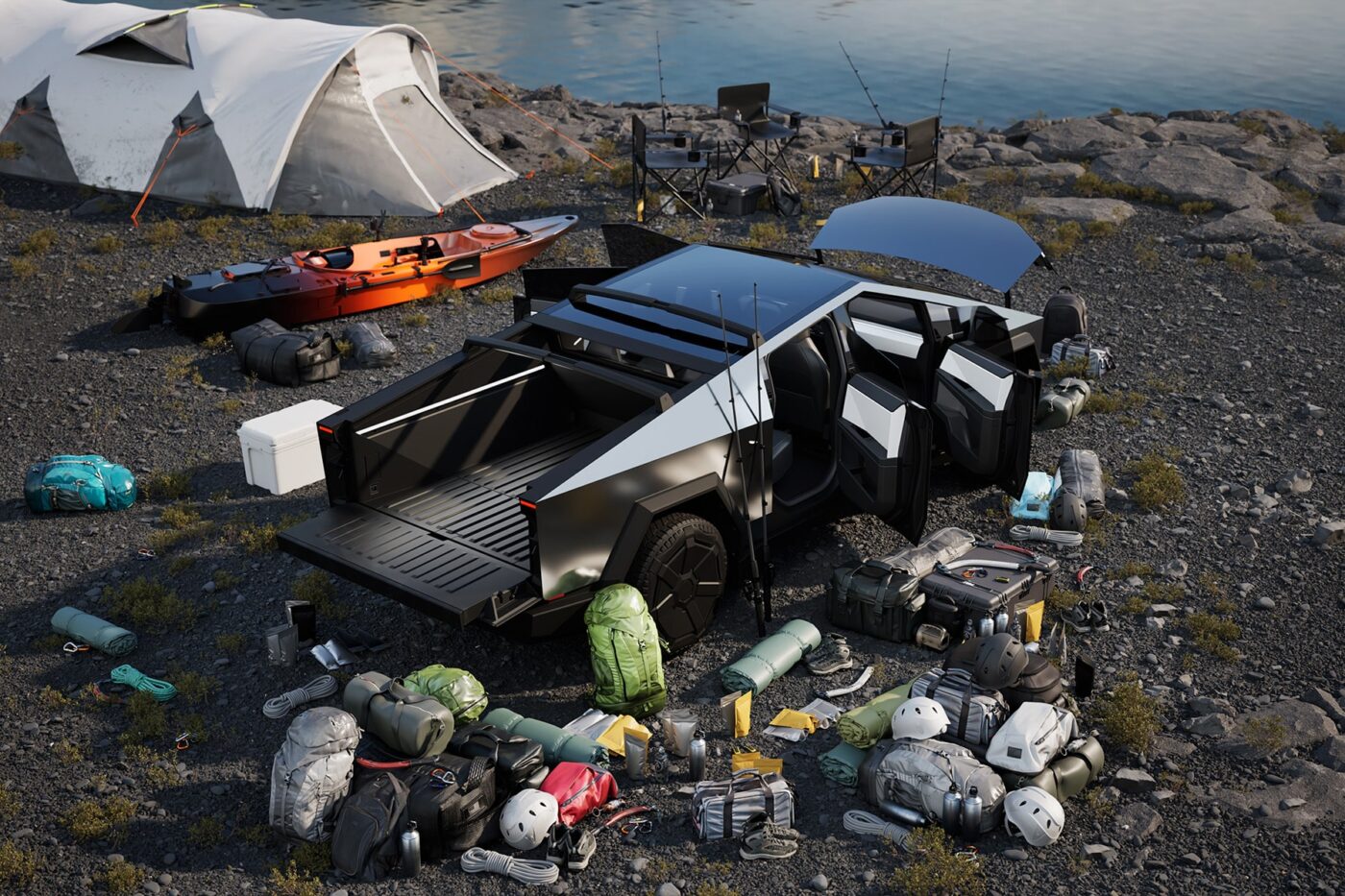
The start of production in July was already cryptic: Tesla only published a photo of employees gathered around a Cybertruck (and almost completely covering it). The only statement was the comment: “First Cybertruck built at Giga Texas!”. Tesla left it to others to interpret whether this was the first production vehicle.
The previous history is likely to play a role here: Tesla had to postpone the start of production three times: First from late 2021 to late 2022, then to early 2023 and most recently to “early production” from mid-2023. According to an earlier report by Reuters, battery cell logistics was one of the causes of these delays. Tesla’s own production of 4680 cells is located in Fremont, with plants in Texas, California, Nevada and Berlin to be built later.
At the end of December 2022, the company said it had achieved a production rate of 868,000 of these cells in Fremont within one week – enough for around 1,000 electric cars. The manufacturer installs 4680 round cells in the Model Y, for example, which is built in Giga Texas. In parallel to the model with the 4680-based structural battery pack, however, Model Y variants with conventional battery packs and 2170 cells are still being built in Austin – as 4680 production is not sufficient to keep vehicle production at full capacity.
twitter.com/Tesla, twitter.com/SawyerMerritt, tesla.com, tesla.com (US prices), electrek.co, electrek.co (Range Extender)




0 Comments